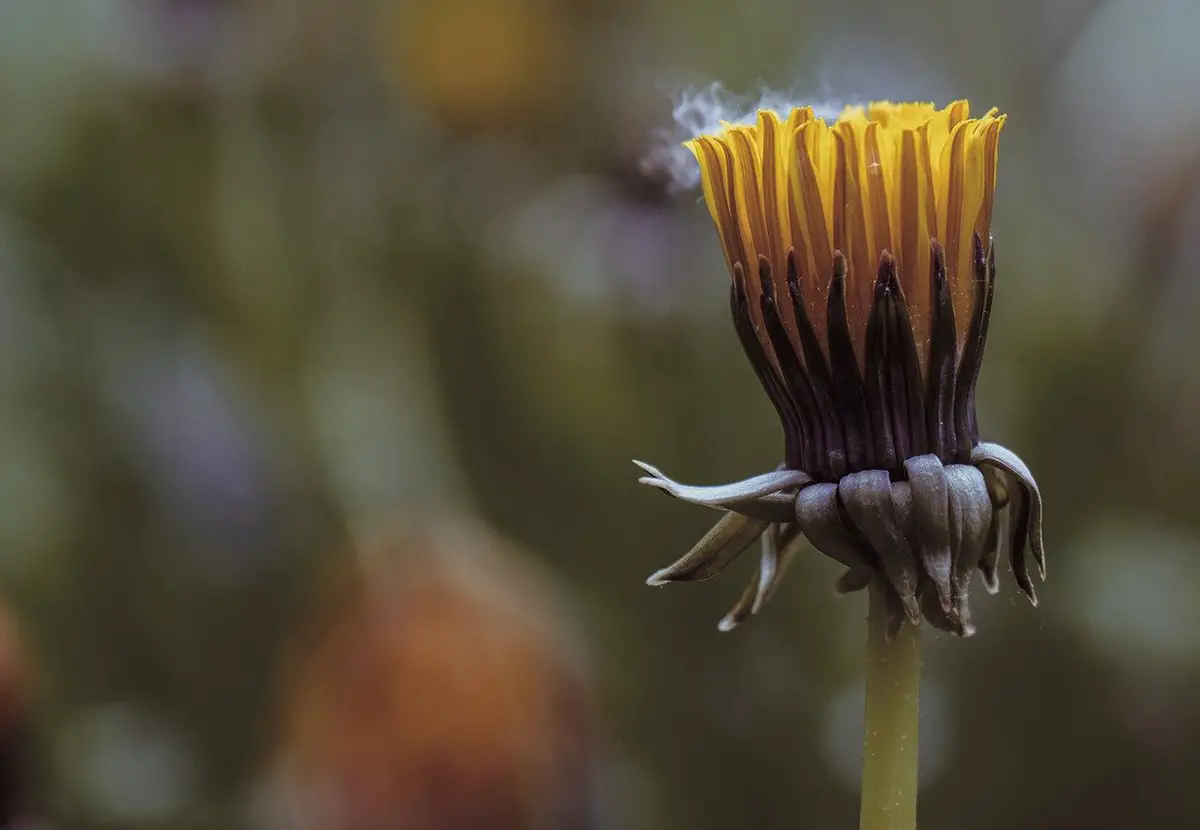

Although it is known that plants during the day produce oxygen through photosynthesis and at night they expel carbon dioxide to carry out the process called “respiration”, few know what the transpiration of plants is. It is basically the evaporation of the water that they lose.
But why does it happen? What benefits do plants get from the loss of water? All these questions and more we will answer in this article. So if you want to know more about plant perspiration, keep reading.
What is plant respiration and perspiration?


We will begin by clarifying two different concepts: respiration and transpiration of plants. Both are just as important, but they are not the same.
Vegetable respiration is based on the use of sugars and oxygen produced in photosynthesis in order to generate energy for their growth. It can therefore be said that it is the opposite of photosynthesis. To do this, plants use CO2 (carbon dioxide) found in the environment to produce oxygen and sugars. While photosynthesis takes place during the day, respiration takes place at night. In addition, it is produced by all living cells of the plant, but gas exchange takes place mainly in the stomata, which are more abundant in the leaves.


13
Regarding perspiration, it is the loss of water in the form of steam performed by vascular plants through stomata. This process is essential for the raw sap to be able to move from the soil (through the roots) to the leaf and to control the temperature of the plant. However, only a small part of the water that reaches the leaves is used for photosynthesis, since the main function of this is to eliminate in the form of vapor all the water that the plants do not use.
It is usually quite difficult to distinguish the evaporation of water from the soil from the transpiration of plants. Thus, This whole phenomenon is called “evapotranspiration.”
What is the importance of the transpiration of the plants?


There are several aspects for which the transpiration of the plants is of vital importance for them.
Water absorption
First is the absorption of water. Although the roots only retain less than 5%, this water is essential for the structure and functioning of the plant. Among the factors for which water is essential are biochemical processes and the creation of turgor, which allows the plant to stand upright without the need for bones.
Temperature control
Then we must mention the temperature control of the vegetable. Basically evaporation causes a cooling of the plant. During this process, when the water turns into a gaseous state, energy is released. It is an exothermic process, since it uses energy to break the hydrogen bonds, responsible for joining the water molecules. Thus they become gas and together with their energy are released into the atmosphere, causing the plant to cool.


Related article:
Obtaining nutrients
Another aspect to take into account with this method is obtaining nutrients from the soil. When the plant acquires water through the roots, it also obtains essential nutrients for its proper growth. Experts believe that plant perspiration increases nutrient absorption.
CO2 input
Also carbon dioxide input thanks to perspiration it is very important. During this process, the stomata are open to allow gas exchange between the atmosphere and the leaf. In this way, during the opening of the stomata the water comes out, but at the same time CO2 enters the plant. Carbon dioxide is vital for photosynthesis to occur. However, much more water usually leaves than the amount of CO2 that enters.
What are the types of perspiration in plants?


The types of perspiration of vegetables vary according to the place where the process takes place. Therefore we can distinguish them in this way:
- Stomatal perspiration: Perspiration is done through the stomata. It is a plant-controllable pathway and represents approximately 90% of the total water lost.
- Lenticel perspiration: The process takes place through the lenticels. The plant does not control this route and quantitatively represents a maximum of the remaining 10%. In addition, when the stomata are closed, such as due to water deficiency, this type of perspiration becomes more important.
- Cuticular perspiration: In this case, perspiration is carried out through the cuticle. As in the case of lenticellar, the plant has no control over this pathway and at a quantitative level it does not represent more than 10%. It is also a pathway whose importance increases when the stomata are closed. In arid areas, xerophytic plants have leaves with very thick cuticles that are sometimes covered with wax. Cuticular perspiration in these cases does not exceed 1% of the water lost through the stomata.
What are the factors that influence the transpiration of plants?


The transpiration of the plants depends mainly on two factors: The properties of water and the internal anatomy of the plant. When the flow of water through the xylem is greater, the perspiration process is more intense. As this occurs, the pressure of the xylem decreases. As a consequence, the difference between the pressure of the xylem and the atmospheric pressure is enlarged, thus favoring the transpiration of the plants.
Through the tense-cohesion-transpiratory theory, the movement of water in plants can be explained. This is based on several properties of water:


Related article:
Charles Linnaeus
- The difference in electronegativity between hydrogen and oxygen.
- The bond angle made up of a total of two covalent bonds and their length.
- The polarity of the molecule, which is responsible for generating adhesion and cohesion forces and steam pressure.
- The formation of hydrogen bonds.
I hope this article has helped you to clarify all your doubts about the transpiration of plants and to know how to differentiate it from photosynthesis or respiration. All these processes are vital for both plants and us.
